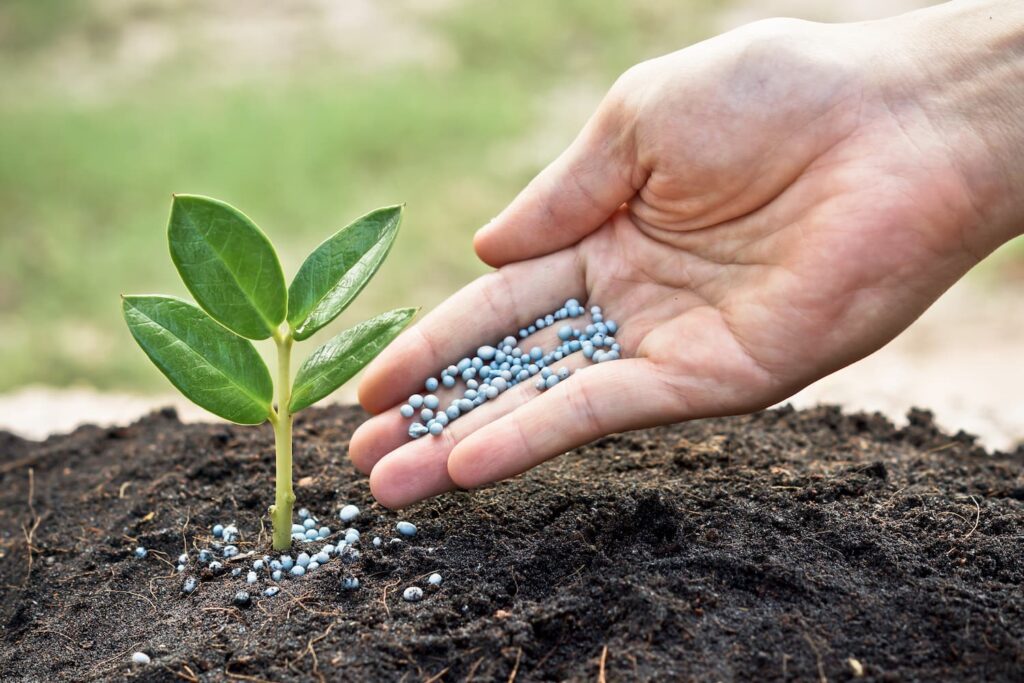Tree nutrition and fertilization are important aspects of tree care in Texas. Trees need a proper balance of nutrients in order to grow and thrive, and providing them with the right nutrients through fertilization can help ensure their health and longevity. However, it is important to note that overfertilization can be harmful to trees, so it is essential to understand the proper techniques and guidelines for fertilizing trees in Texas.
Tree Nutrition That Trees Need
There are several key tree nutrients that trees need in order to grow and remain healthy. These include:
- Nitrogen: Nitrogen is a crucial component of chlorophyll, which allows trees to photosynthesize and produce energy. It is also essential for the synthesis of proteins and other important molecules.
- Phosphorus: Phosphorus is involved in several key processes in trees, including energy metabolism and the synthesis of DNA and RNA. It is also important for root development and the production of flowers and fruit.
- Potassium: Potassium is involved in several key processes in trees, including the regulation of water balance and the synthesis of proteins and enzymes. It is also important for the production of flowers and fruit.
- Calcium: Calcium is important for the development and maintenance of strong cell walls and helps to regulate the movement of water and nutrients throughout the tree.
- Magnesium: Magnesium is a component of chlorophyll and is essential for photosynthesis. It is also involved in the synthesis of proteins and enzymes.
In addition to these essential tree nutrients, trees may also benefit from trace elements such as iron, zinc, and manganese.
There are several factors to consider when using tree fertilization in Texas, including the tree’s species, age, and location. Different tree species have different nutrient requirements, and the specific needs of a tree may change as it grows and matures. Additionally, the soil conditions in different locations can affect a tree’s nutrient needs.
What Type of Tree Fertilization Should Be Used?
One of the most important things to consider when using tree fertilization in Texas is the type of fertilizers that should be used. There are several different types of fertilizers available, including synthetic fertilizers and organic fertilizers. Synthetic fertilizers are typically more concentrated and can provide a quick boost of nutrients to trees, but they can also have negative environmental impacts if not used correctly. Organic fertilizers are made from natural materials and are generally considered to be more environmentally friendly, but they may not provide as much of a quick boost as synthetic fertilizers.
Proper Tree Fertilization
It is important to follow the manufacturer’s instructions when using any type of tree fertilization, as overfertilization can lead to negative consequences such as leaf burn, reduced fruit production, and reduced root growth. It is also important to apply fertilizers at the right time of year and in the right amounts, as too much or too little can be detrimental to tree health.
Proper Tree Care
In addition to applying tree fertilization, proper tree care in Texas also involves proper watering and mulching. Watering trees during dry periods can help to ensure that they have enough moisture to support healthy growth. Mulching trees can help to improve soil quality and moisture retention, as well as protecting the roots from extreme temperatures and reducing the need for watering.
Overall, tree nutrition and fertilization are important aspects of tree care in Texas. By understanding the specific nutrient needs of different tree species and following proper fertilization techniques, it is possible to help ensure the health and longevity of trees in the state.

